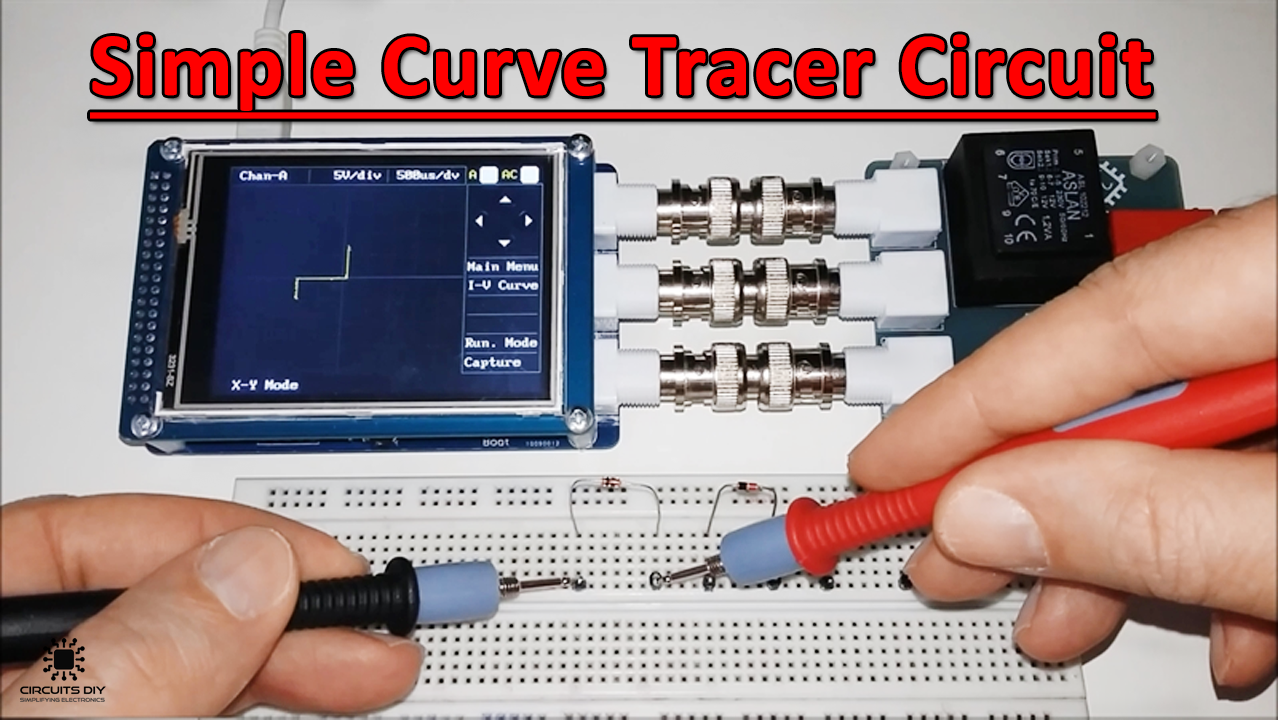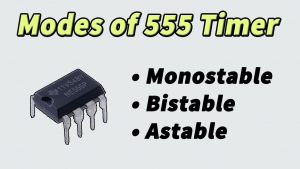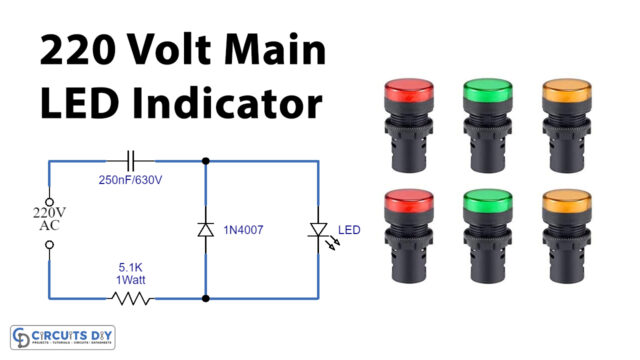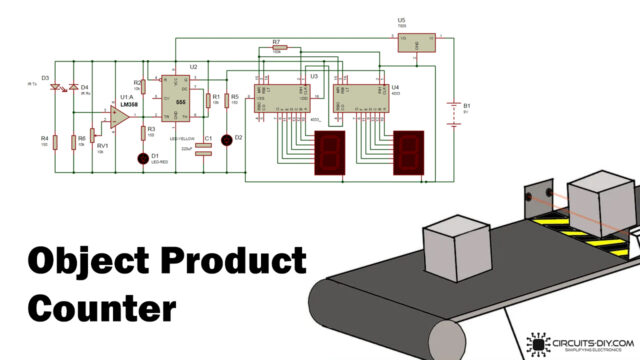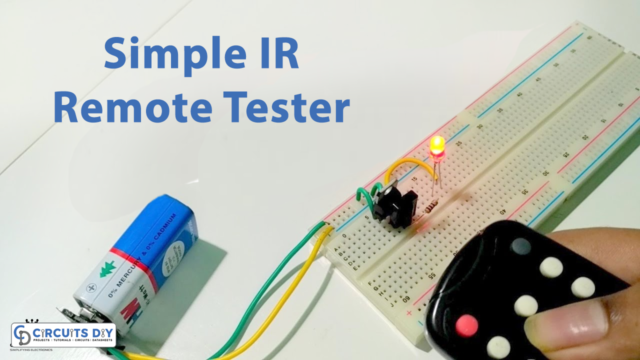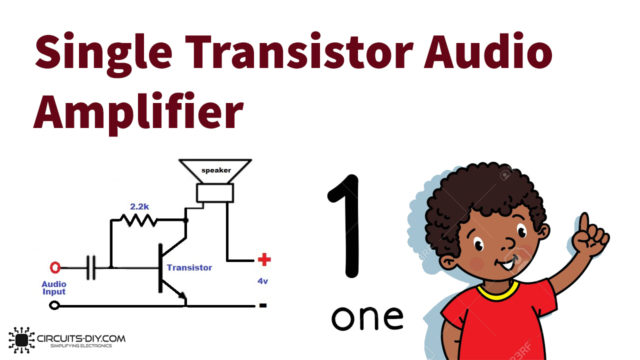Many electronics struggle with Tracing Curves, whether it be the smooth VI line of a capacitor or the voltage of a collector transistor against the current curve. Those curves give one an intuitive view of how a circuit-based system works.
An analytical approach may include plugging distinct voltage and current values into a mathematical formula and graphing the effects, usually with the voltage-defined x-axis and the currently represented y-axis.
As any electronics hobbyist knows, device actions in real life will (often largely) vary from the model that defines its operation. Here we will use a circuit to add discrete voltage changes to the part whose VI curve we want to draw and then use an Oscilloscope to display the effects.

Hardware Components
The following components are required to make Curve Tracer Circuit
| S.no | Component | Value | Qty |
|---|---|---|---|
| 1. | Resistors | 1K, 10K, 10M, Test Resistor ohms | 1, 1, 1, 1 |
| 2. | Ceramic Capacitors | 10uF, 10nF, 100nF | 1, 1, 1 |
| 3. | Electrolytic Capacitor | 10uF | 2 |
| 4. | IC | NE555 Timer | 1 |
| 5. | Op-Amp IC | LM358 | 1 |
| 6. | Transistor | BC557 | 1 |
| 7. | Power Supply | – | 1 |
NE555 IC Pinout

For a detailed description of pinout, dimension features, and specifications download the datasheet of 555 Timer
LM358 Pinout
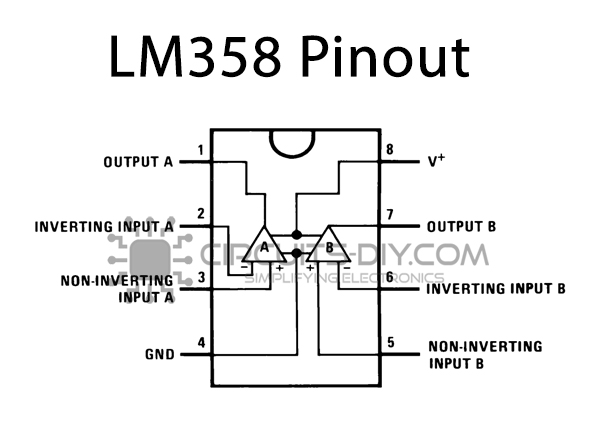
For a detailed description of pinout, dimension features, and specifications download the datasheet of LM358
Curve Tracer Circuit
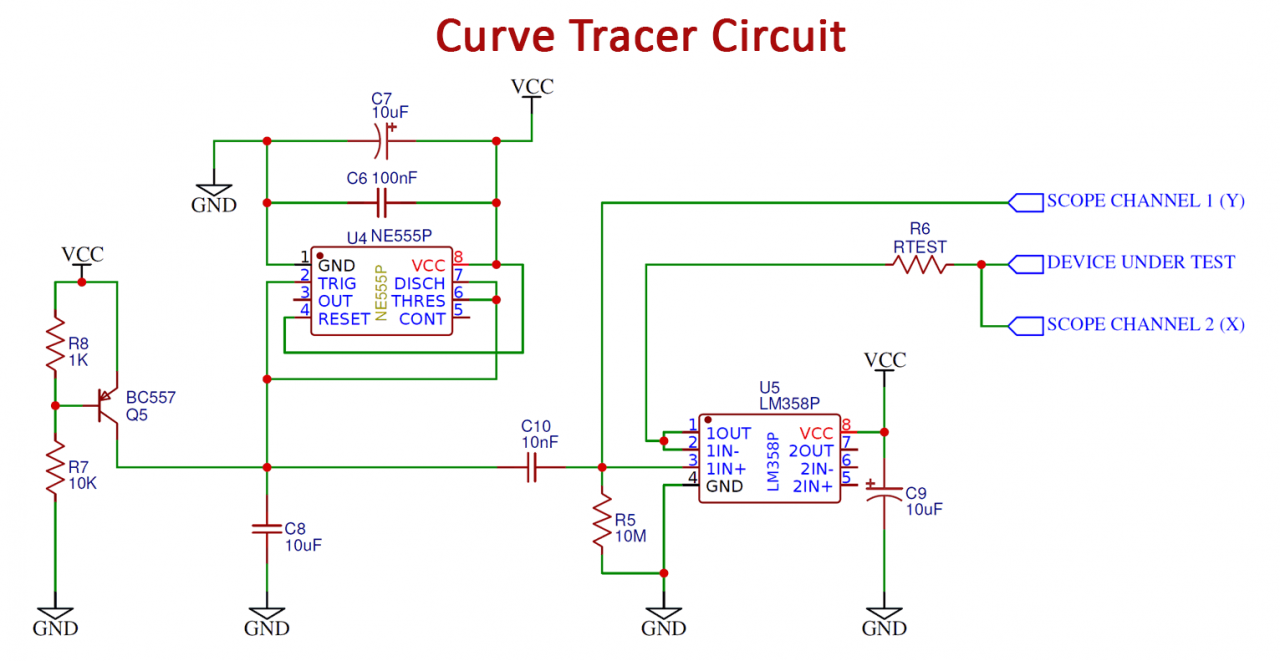
Working Explanation
The circuit used here is a simple variant of the standard 555-astable circuit, which will act as a Sawtooth waveform generator. Normally the timing resistor is supplied through a resistor connected to the power supply, but here it is connected to a constant current source. This results in a steady current for the collector. The charging of a condenser results in a linear ramp waveform using a constant current.
This design derives the output directly from the condenser output and not from pin 3, which gives here small negative pulses.
Application and Uses
- It is used as the tracer for diode, transistor, and resistor.


